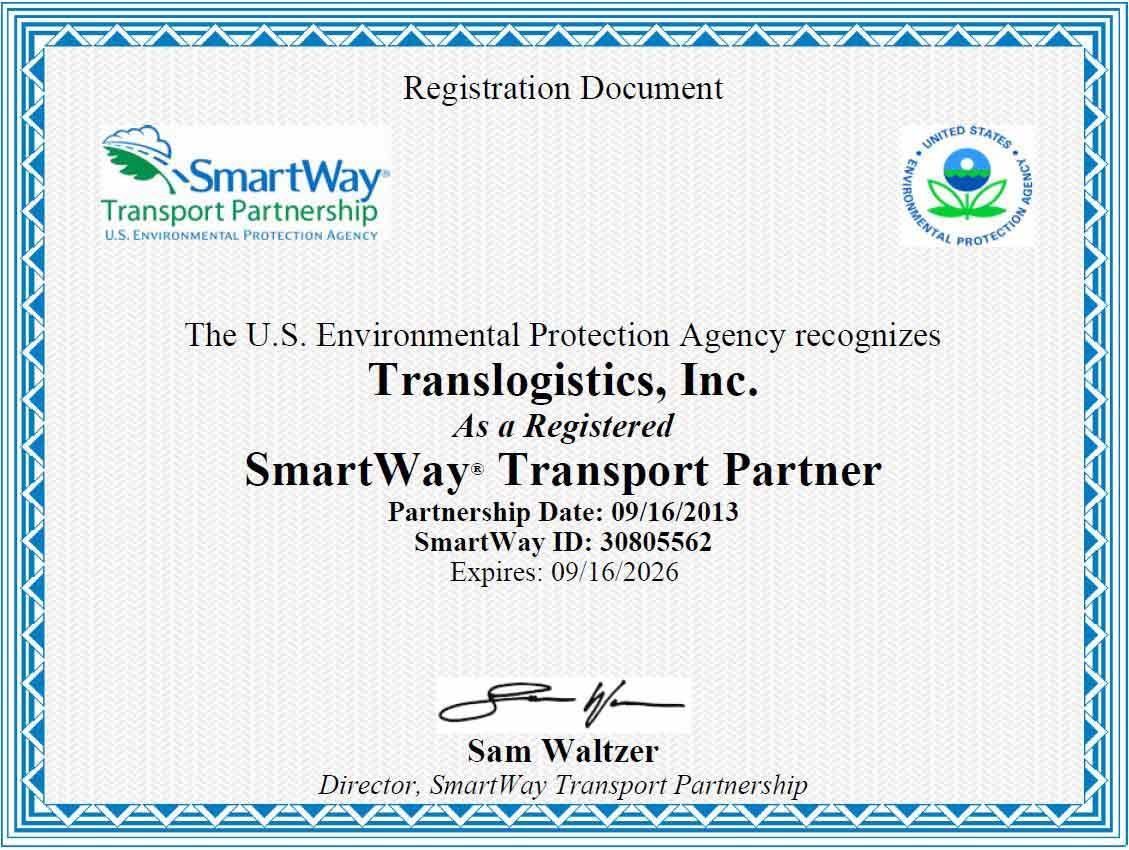Hours of Service Violations Rise in FMCSA Analysis
Hours of Service Violations Rise "Significantly Higher"
According to a new analysis sent to Congress this month by the Federal Motor Carrier Safety Administration (FMCSA), while the HOS amendments increased flexibility for drivers, the percentage of HOS violations rose “significantly higher”.
What is the HOS Rule?
The Hours of Service (HOS) rule refers to regulations established by government authorities, such as the Federal Motor Carrier Safety Administration (FMCSA) in the United States, to govern the working hours and rest periods of commercial motor vehicle (CMV) drivers. These regulations are designed to promote road safety and prevent driver fatigue, as fatigue is a significant factor in many accidents involving large trucks and buses.
In the United States, the HOS regulations apply to drivers of commercial motor vehicles (CMVs) involved in interstate commerce. The key elements of the HOS rules in the United States are as follows:
- 14-Hour Limit: May not drive beyond the 14th consecutive hour after coming on duty, following 10 consecutive hours off duty. Off-duty time does not extend the 14-hour period.
- 11-Hour Driving Limit: A driver may drive a maximum of 11 hours after 10 consecutive hours off duty.
- 30-Minute Break: Drivers must take a 30-minute break when they have driven for a period of 8 cumulative hours without at least a 30-minute interruption. The break may be satisfied by any non-driving period of 30 consecutive minutes (i.e., on-duty not driving, off-duty, sleeper berth, or any combination of these taken consecutively).
- 60/70-Hour Limit: May not drive after 60/70 hours on duty in 7/8 consecutive days. A driver may restart a 7/8 consecutive day period after taking 34 or more consecutive hours off duty.
- Sleeper Berth Provision: Drivers who use a sleeper berth must take at least 8 consecutive hours in the sleeper berth, plus a separate 2 consecutive hours either in the sleeper berth, off duty, or a combination of both.
- Off-Duty Time: Drivers are required to take a minimum of 10 consecutive hours off duty to reset their hours.
- Short-Haul Exception: Expands the short-haul exception to 150 air-miles and allows a 14-hour work shift to take place as part of the exception.
- Adverse Driving Conditions Exception: Expands the driving window during adverse driving conditions (Hurricane, Snow Storm) by up to an additional 2 hours.
- 30-Minute Break Requirement: Requires break of at least 30 consecutive minutes after 8 cumulative hours of driving time (instead of on-duty time) and allows an on-duty/not driving period to qualify as the required break.
- Sleeper Berth Provision: Modifies the sleeper berth exception to allow a driver to meet the 10-hour minimum off-duty requirement by spending at least 7 hours of that period in the berth combined with a minimum off-duty period of at least 2 hours spent inside or outside the berth, provided the two periods total at least 10 hours. When used together as specified, neither qualify period counts against the 14-hour driving window.
It's important to note that these rules are subject to specific exceptions and exemptions for certain types of drivers and operations, property-carrying vs passenger-carrying, short-haul drivers, agricultural operations, and other exceptions.
FMCSA HOS Analysis
The reason congress mandated the Federal Motor Carrier Safety Administration to analyze this data was to learn about the “real-world effects” of the new regulation compared to prior safety data benchmarks. Prior to adopting the HOS regulation data was being accumulated for a comparison in the event the regulation needed to be modified after implementation.
A specialist with the Commercial Vehicle Safety Alliance, Jeremy Disbrow advised, “I’m cautious to draw conclusions because it’s one of those things where there was too much going on at the same time to make a determination on what impacted what. Did the violations increase? Absolutely, they did. But is it because of the new hours-of-service requirements? I don’t know that that’s it. I think we were seeing a lot more violations, coincidentally at the same time when the hours of service was changed because inspectors are better trained now and understand how to read ELDs much better.”
The changes to the final rule included a shorthaul exception, a sleeper berth provision, adding two hours of driving in adverse weather and making the mandatory eight-hour driving break more flexible. The analysis from the FMCSA did not show an increase in overall crash trends the year after the HOS rule was amended.
Moving forward, congress requested the FMCSA to report the results in their annual budget request, and to post the analysis on the agency’s website. The FMCSA did not speculate on why there was a spike in HOS driver violations. “No conclusions can be drawn yet about the observed crash trends,” the agency said.
“I’m reluctant to use COVID-19 as an excuse, but it’s certainly a factor anytime we compare data from 2020 and 2021 to other time periods,” said Dan Horvath, Vice President of Safety Policy for the American Trucking Associations. "FMCSA certainly acknowledges that in their analysis. For instance, I’m aware of situations where drivers claimed use of the COVID-19 HOS exemption, but roadside enforcement determined they did not qualify. This would lead to an HOS violation that would otherwise not have occurred.”
The Hours of Service (HOS) rule is a crucial set of regulations that govern the working hours and rest periods of commercial motor vehicle drivers. By promoting safety, reducing driver fatigue, and ensuring adequate rest, the HOS rule plays a pivotal role in safeguarding the well-being of drivers
Hours of Service Benefits:
- Enhanced Safety: By limiting driving hours and ensuring adequate rest periods, the HOS rule reduces the risk of accidents caused by driver fatigue. Alert and well-rested drivers are more likely to operate their vehicles safely, minimizing the potential for accidents on the road.
- Driver Health and Well-being: The HOS rule promotes the health and well-being of CMV drivers by establishing guidelines for rest and recovery. Adequate rest periods contribute to reduced fatigue, stress, and related health issues, thereby enhancing the overall quality of life for drivers.
- Compliance and Accountability: The Hours of Service Rule sets clear expectations for drivers and carriers, promoting compliance and accountability within the industry. By adhering to these regulations, companies demonstrate their commitment to safety and responsible driving practices.
- Industry Reputation: Adhering to the HOS rule can enhance the reputation of carriers and the commercial driving industry as a whole. Safety-conscious practices inspire confidence among customers, regulators, and the general public, bolstering the reputation of companies that prioritize safety.
The Hours of Service (HOS) rule is a crucial set of regulations that govern the working hours and rest periods of commercial motor vehicle drivers. By promoting safety, reducing driver fatigue, and ensuring adequate rest, the HOS rule plays a pivotal role in safeguarding the well-being of drivers and families sharing American roads.
TLI Insights
Get the latest logistics insights and tips from TLI's award-winning team. Stay ahead in transportation planning.
Questions? Email us at marketing@shiptli.com



